
- Shandong Loyal Industrial Co.,Ltd.
- SHORT-CUT PASTA PRODUCTION LINE LONG-CUT PASTA PRODUCTION LINE INSTANT PASTA PRODUCTION LINE
Home> Application> The Future of Pasta Manufacturing: Full Automation - The Shortcut for Enhanced Efficiency and Energy Conservation

The Future of Pasta Manufacturing: Full Automation - The Shortcut for Enhanced Efficiency and Energy Conservation
The Future of Pasta Manufacturing: Full Automation - The Shortcut for Enhanced Efficiency and Energy Conservation
In the dynamic realm of pasta manufacturing, the future is being shaped by an innovative approach – full automation. This paradigm shift signifies a pivotal moment in the industry, where efficiency and energy conservation take center stage. As we embark on this exploration, it's essential to understand the profound impact of full automation on the pasta manufacturing landscape.Shandong Loyal Industrial Co., Ltd. has incorporated advanced technologies from FAVA and UTF in the production of its short-cut pasta production line.
Full automation in pasta manufacturing transcends traditional methods, revolutionizing the way pasta is produced. This not only streamlines processes but also addresses the pressing need for increased efficiency and energy conservation. As the industry seeks solutions to meet growing demands, the role of full automation becomes increasingly significant.
In a world where efficiency and sustainability are paramount, the imperative to enhance efficiency and conserve energy cannot be overstated. Full automation emerges as a strategic solution, offering a streamlined approach that aligns with both consumer expectations and environmental responsibility.

Full Automation in Pasta Manufacturing
As we delve into the heart of the matter, this section elucidates the comprehensive integration of full automation in pasta manufacturing. By exploring the definition, components, and strategies employed, we unravel how full automation serves as the ultimate shortcut for achieving enhanced efficiency and energy conservation.
Full automation encompasses a seamless integration of advanced technologies throughout the pasta production line. From automated ingredient measurement to precision shaping and packaging, the components of full automation ensure a holistic and efficient manufacturing process.
Embracing full automation is synonymous with streamlining processes – a shortcut that leads to heightened efficiency. Automated systems facilitate precise control over every stage of pasta production, minimizing waste, and optimizing resource utilization.
Energy conservation takes a forefront position in full automation. Advanced technologies embedded in these systems prioritize energy-efficient solutions, incorporating mechanisms for optimal energy consumption throughout the manufacturing process.
Case Studies: Exemplifying the Success of Full Automation
This section brings real-world examples to the forefront, showcasing pioneering companies in the pasta manufacturing industry. These success stories underscore how embracing full automation has become a transformative strategy, yielding tangible results in efficiency and energy conservation.
Industry leaders like Barilla, De Cecco, Creamette, San Giorgio, and Great Value have set a precedent by incorporating full automation. Their success stories highlight how this innovative approach has not only elevated production efficiency but also paved the way for sustainable practices.
Analyzing performance metrics and benchmarks from these companies offers valuable insights into the tangible benefits of full automation. Increased production output, reduced energy consumption, and enhanced product quality become benchmarks for the broader industry.

Future Trends: Evolving Towards Sustainable Pasta Manufacturing
In this forward-looking section, we explore emerging technologies that will further enhance the capabilities of full automation. The discussion also delves into the evolving role of sustainability, outlining how future trends align with environmental conservation goals.
As technology advances, the integration of artificial intelligence and data analytics is anticipated to redefine the capabilities of full automation. These emerging technologies promise not only increased efficiency but also more adaptive and sustainable manufacturing processes.
The future of pasta manufacturing is inseparable from sustainability. From responsible sourcing to circular economy practices, the industry is expected to adopt holistic sustainability measures. This aligns not only with consumer expectations but also positions pasta manufacturing as a responsible contributor to a greener future.
Conclusion
In summary, the future of pasta manufacturing is intricately tied to full automation, the shortcut for achieving enhanced efficiency and energy conservation. From defining the significance of full automation to exploring case studies and future trends, this comprehensive exploration highlights how this innovative approach is reshaping the industry.
As we look ahead, it's clear that embracing the shortcut for manufacturing in pasta production is not just a trend but a necessity for staying competitive and sustainable. The success stories of industry leaders and the promise of emerging technologies emphasize that full automation is the pathway to a more efficient, sustainable, and innovative future for pasta manufacturing.

FAQs: Frequently Asked Questions about the Shortcut for Manufacturing in Pasta Production
Addressing common queries and concerns about the shortcut for manufacturing in pasta production is crucial for fostering a comprehensive understanding of this innovative approach.
1. What defines the shortcut for manufacturing in pasta production?
The shortcut for manufacturing in pasta production refers to the strategic adoption of full automation. This approach involves the integration of advanced technologies throughout the production process, streamlining operations, enhancing efficiency, and conserving energy.
2. How does full automation contribute to enhanced efficiency?
Full automation optimizes efficiency by minimizing human intervention, ensuring precision in every step of pasta production. Automated systems enable consistent product quality, reduce processing time, and increase overall production output.
3. Can smaller pasta manufacturers benefit from full automation?
Absolutely. While industry giants like Barilla and De Cecco have embraced full automation, scalable solutions make this technology accessible to smaller manufacturers. This ensures that businesses of varying sizes can reap the benefits of enhanced efficiency and energy conservation.
4. What are the tangible benefits of full automation?
The benefits of full automation are diverse, including increased production efficiency, reduced operational costs, minimized waste, and improved product quality. It also contributes to energy conservation, aligning with sustainable manufacturing practices.
5. How does full automation align with sustainability goals?
Full automation aligns with sustainability by optimizing resource utilization and incorporating energy-efficient technologies. It also enables manufacturers to implement sustainable practices throughout the production process, contributing to environmental conservation
Contact Us

- Shandong Loyal Industrial Co.,Ltd.
- Telephone+86 13176674591
- Email[email protected]
- WhatsApp+86 13176674591
- WeChat13176674591
- AddressC623, Jiahui Global Plaza, No. 548, Beiyuan Street, Tianqiao District, Jinan City, Shandong Province
- Factory AddressADD -300m North of Zhangxia Industrial Park, Binhe Road, Zhangxia Town, Changqing District, Jinan
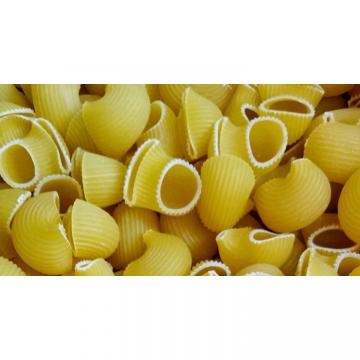



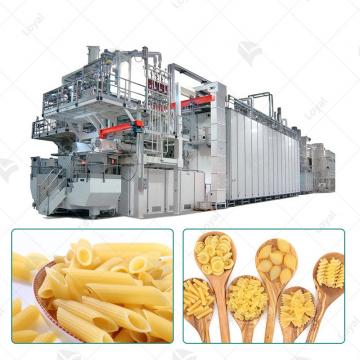
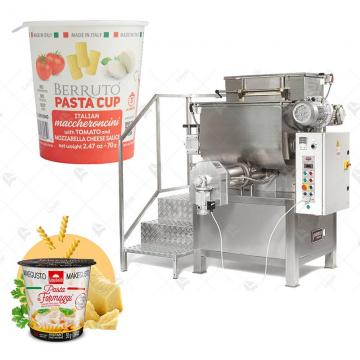 INSTANT PASTA CUP PRODUCTION LINE
INSTANT PASTA CUP PRODUCTION LINE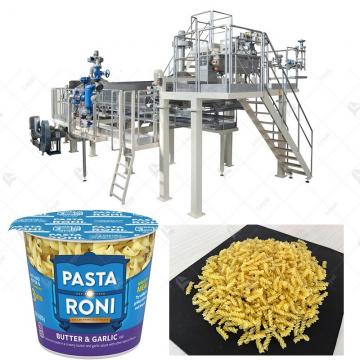 Instant Pasta Production Line
Instant Pasta Production Line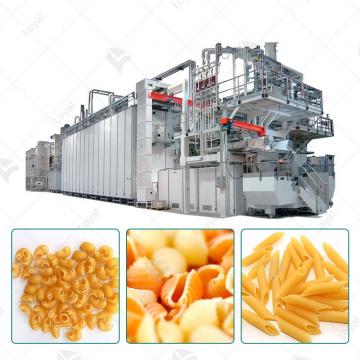 VACUUM PASTA EXTRUDER
VACUUM PASTA EXTRUDER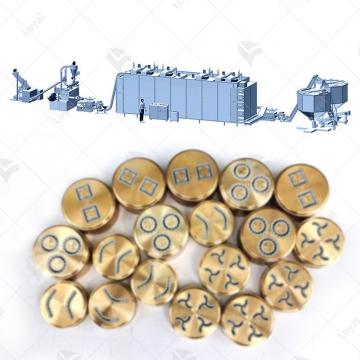 Macaroni Pasta Production Line
Macaroni Pasta Production Line